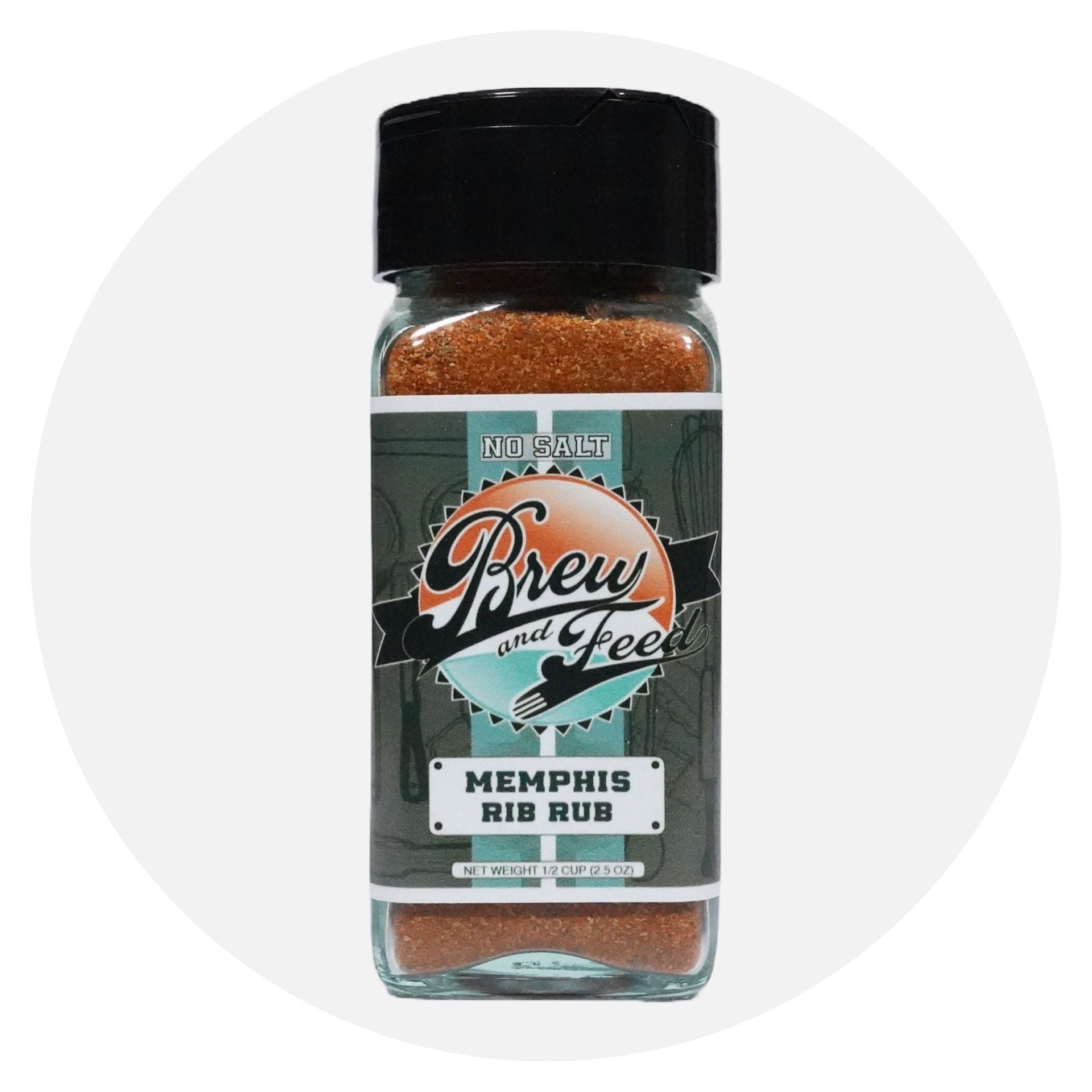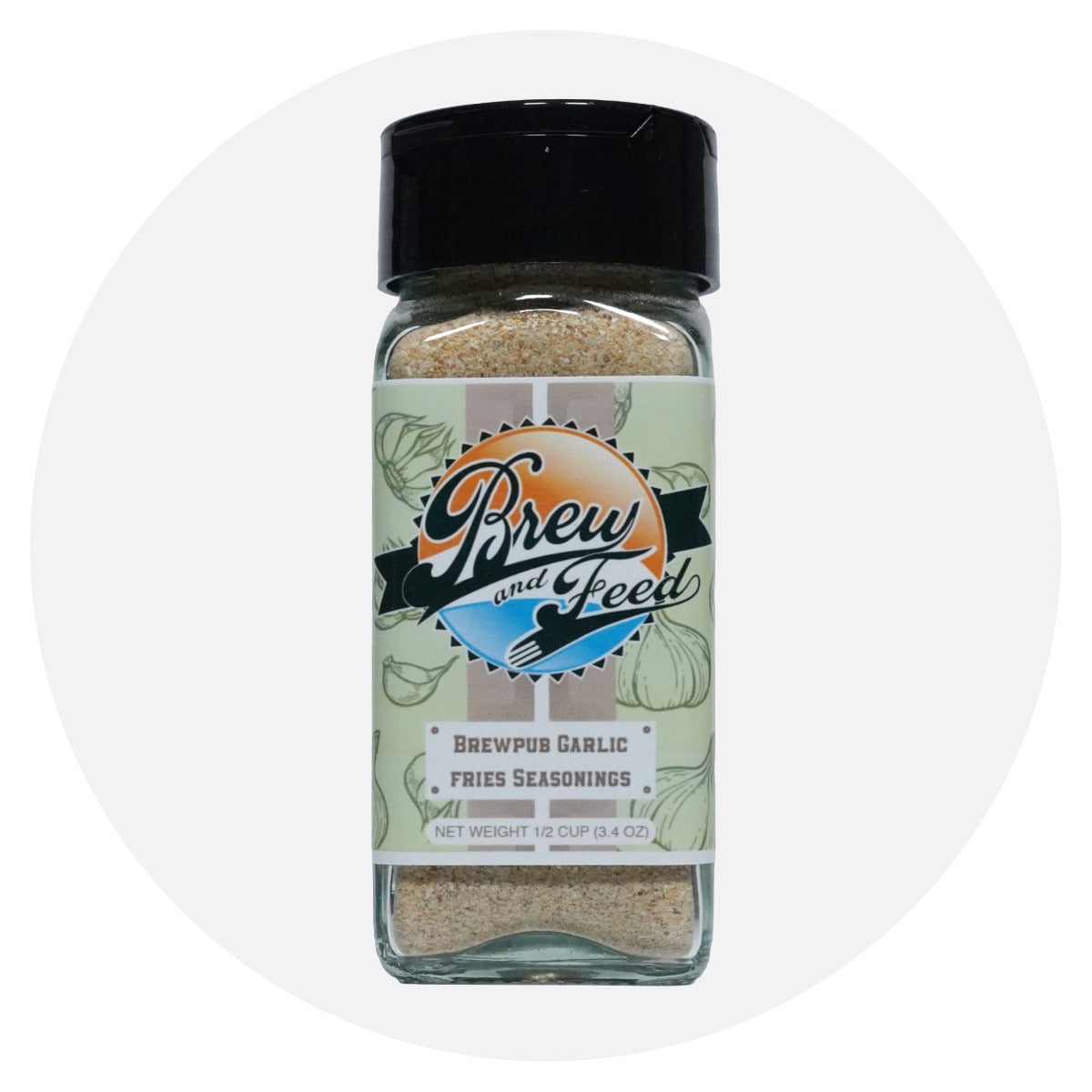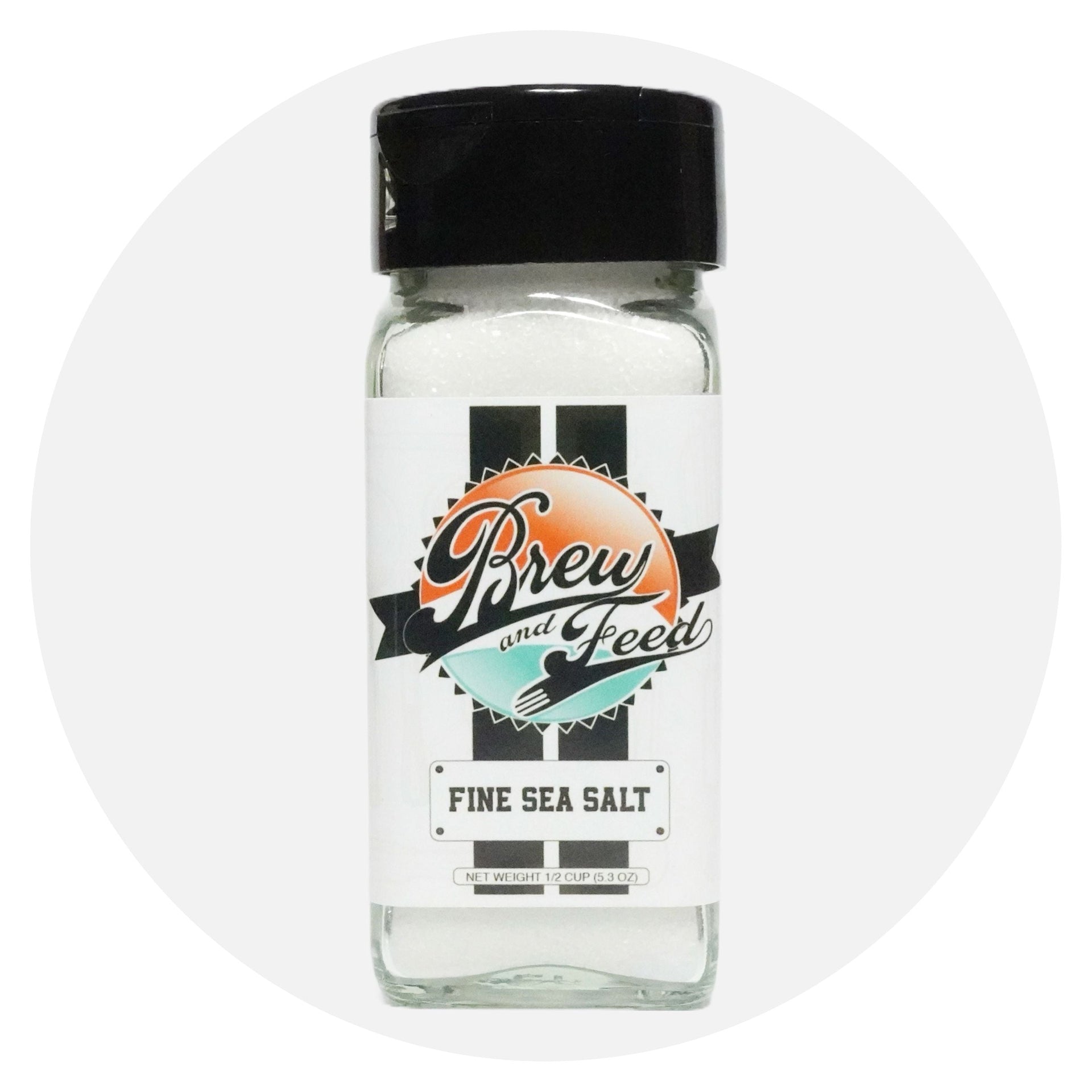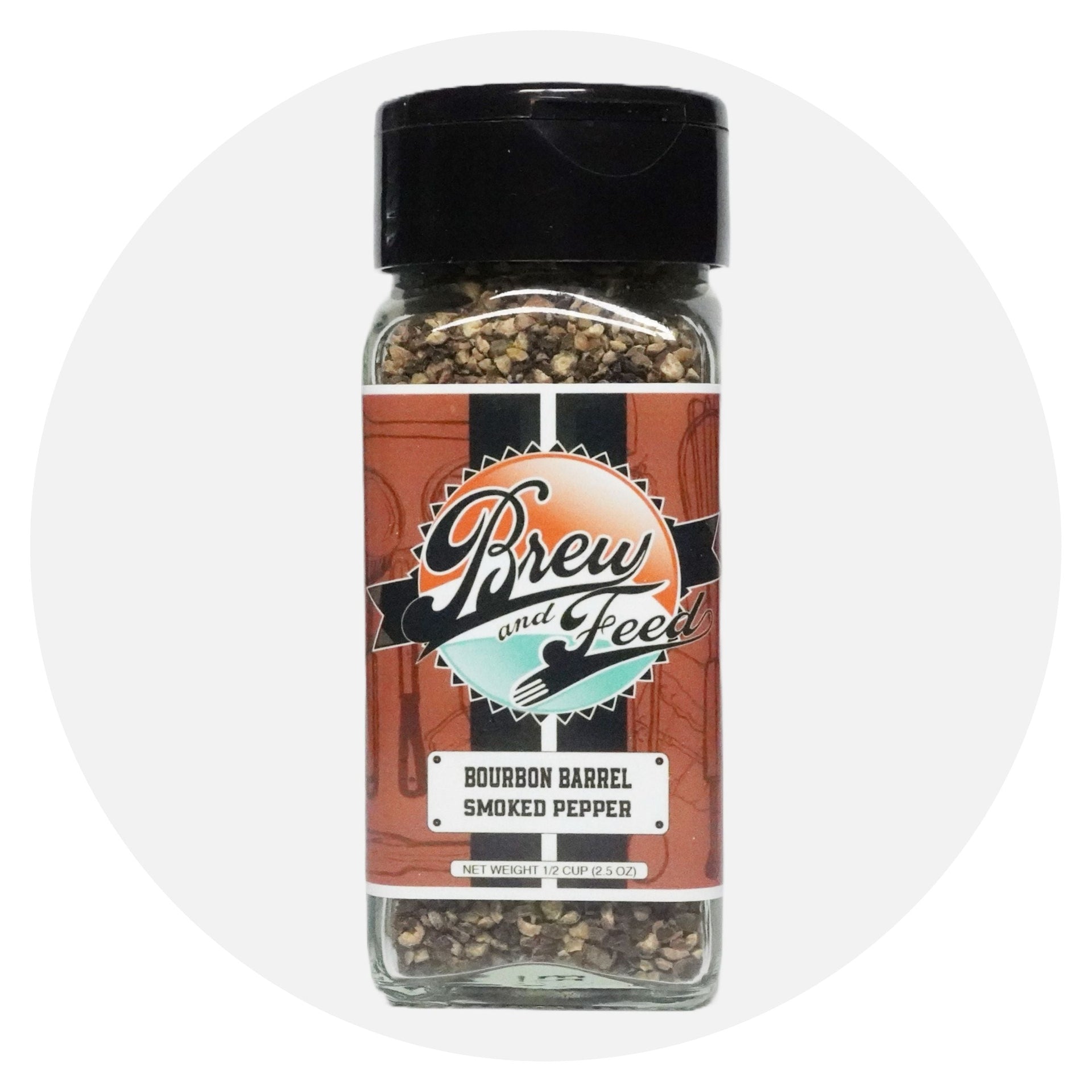
Exploring the Key Ingredients in Rubs and Seasoning Blends
In the world of culinary artistry, the secret to transforming ordinary dishes into extraordinary creations often lies in the carefully crafted dance of flavors brought forth by rubs and seasoning blends. Whether you're grilling, roasting, or slow-cooking, the key ingredients in these magical concoctions play a pivotal role in defining the taste profile of your favorite dishes. Join us on a flavorful journey as we explore the essential components that make up the backbone of rubs and seasoning blends.
1. Salt: The Foundation of Flavor
Salt is the cornerstone of nearly every rub and seasoning blend. Beyond its role in enhancing the natural flavors of the ingredients, salt plays a crucial role in tenderizing meat and forming a desirable crust during the cooking process.
Varieties like kosher salt, sea salt, and smoked salt contribute unique textures and nuances to the overall flavor profile.
2. Pepper: A Punch of Heat and Aroma
Black pepper, white pepper, and even exotic varieties like Sichuan pepper add a layer of heat and aromatic complexity to rubs. Pepper not only provides a subtle kick but also helps balance the sweetness of other ingredients, creating a harmonious flavor experience.
3. Sugar: Balancing Sweetness and Caramelization
Sugar is a common ingredient that adds sweetness to the rub, balancing out the savory and spicy components. Brown sugar, white sugar, honey, or maple syrup are often used to impart a touch of sweetness that caramelizes during cooking, creating a delightful crust on the surface of meats.
4. Paprika: Adding Color and Depth
Paprika, derived from ground peppers, brings not only vibrant color to the rub but also a mild, smoky flavor. Varieties like sweet, smoked, or hot paprika offer different levels of heat and complexity, making it a versatile ingredient in seasoning blends.
5. Garlic and Onion Powder: Aromatic Alliums
Garlic and onion powder are go-to ingredients for adding depth and savory notes to rubs. They bring a robust, umami-rich flavor that complements a wide range of dishes. Fresh alternatives like minced garlic and onion can also be used for those seeking a more intense flavor.
6. Herbs and Spices: A Symphony of Flavors
Rosemary, thyme, oregano, cumin, coriander, and a myriad of other herbs and spices contribute to the complexity of rubs. These ingredients provide a burst of unique flavors, allowing you to customize your blend to match the cuisine you're preparing.
7. Chili Powder and Heat Elements
For those who crave a bit of heat, chili powder, cayenne pepper, or even hotter options like crushed red pepper flakes can be incorporated. The level of spiciness can be adjusted to suit individual preferences, adding a dynamic element to the overall flavor profile.
As you embark on your culinary adventures, don't underestimate the power of a well-balanced rub or seasoning blend. The key ingredients mentioned above serve as the building blocks for countless variations, each capable of elevating your dishes to new heights. Whether you're aiming for a sweet and smoky barbecue rub or a zesty blend for grilled vegetables, understanding the role of these essential components will empower you to create culinary masterpieces that tantalize the taste buds and leave a lasting impression on every palate. So, experiment, savor, and enjoy the journey of unlocking flavor through the artful use of rubs and seasoning blends in your kitchen!




